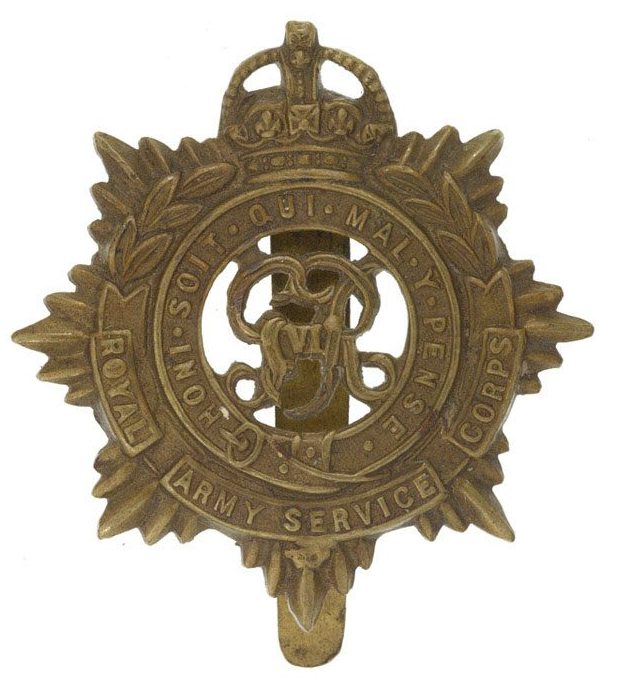Personal Details
Born: 27 January 1892 in Whitchurch, Shropshire and baptised 28 February the same year at the Unitarian Church in Highgate, Whitchurch.
Family: He was the eldest of four surviving children born to Henry and Elizabeth Williams. No marriage can be confirmed for John.
Residence: At the time of his baptism in 1892 the family’s address was 7 Havannah Buildings, Whitchurch. In 1901 John was living with his parents and two younger siblings at 16 Highgate Road, Whitchurch. Ten years later Mrs Williams and three children were residing at 2 Havannah Buildings, Whitchurch while John and his father were lodging in Chesterfield, Derbyshire.
Employment: In 1911, aged 19, he was working as an iron building erector with his father (who was an employee of the Whitchurch W H Smith iron foundry in the 1901 census). It is likely that both were employed by Smiths and were working on a job for the company in Derbyshire at the time of the 1911 census.
Died: In 1933 in Whitchurch, and was buried on 28 September the same year in Whitchurch Cemetery.
Military Details
Regiment: Royal Army Service Corps
Rank: Sergeant
Service Number: M2/032927
Date of Enlistment: Not known
Date of Discharge: Not known
Reason for Discharge: Not known
John was awarded the Campaign Medals (British War Medal and Victory Medal)

The British War Medal (also known as 'Squeak') was a silver or bronze medal awarded to officers and men of the British and Imperial Forces who either entered a theatre of war or entered service overseas between 5th August 1914 and 11th November 1918 inclusive. This was later extended to services in Russia, Siberia and some other areas in 1919 and 1920. Approximately 6.5 million British War Medals were issued. Approximately 6.4 million of these were the silver versions of this medal. Around 110,000 of a bronze version were issued mainly to Chinese, Maltese and Indian Labour Corps. The front (obv or obverse) of the medal depicts the head of George V. The recipient's service number, rank, name and unit was impressed on the rim.
The Allied Victory Medal (also known as 'Wilfred') was issued by each of the allies. It was decided that each of the allies should each issue their own bronze victory medal with a similar design, similar equivalent wording and identical ribbon. The British medal was designed by W. McMillan. The front depicts a winged classical figure representing victory. Approximately 5.7 million victory medals were issued. Interestingly, eligibility for this medal was more restrictive and not everyone who received the British War Medal ('Squeak') also received the Victory Medal ('Wilfred'). However, in general, all recipients of 'Wilfred' also received 'Squeak' and all recipients of The 1914 Star or The 1914/1915 Star (also known as 'Pip') also received both 'Squeak' and 'Wilfred'. The recipient's service number, rank, name and unit was impressed on the rim.

